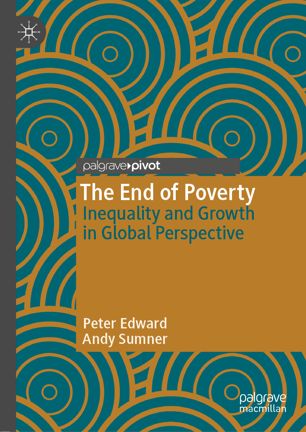

Most ebook files are in PDF format, so you can easily read them using various software such as Foxit Reader or directly on the Google Chrome browser.
Some ebook files are released by publishers in other formats such as .awz, .mobi, .epub, .fb2, etc. You may need to install specific software to read these formats on mobile/PC, such as Calibre.
Please read the tutorial at this link: https://ebookbell.com/faq
We offer FREE conversion to the popular formats you request; however, this may take some time. Therefore, right after payment, please email us, and we will try to provide the service as quickly as possible.
For some exceptional file formats or broken links (if any), please refrain from opening any disputes. Instead, email us first, and we will try to assist within a maximum of 6 hours.
EbookBell Team

4.0
86 reviewsIn this book Edward and Sumner argue that to better understand the impact of global growth on poverty it is necessary to consider what happens across a wide range of poverty lines. Starting with the same datasets used to produce official estimates of global poverty, they create a model of global consumption that spans the entire world’s population. They go on to demonstrate how their model can be utilised to understand how different poverty lines imply very different visions of how the global economy needs to work in order for poverty to be eradicated.